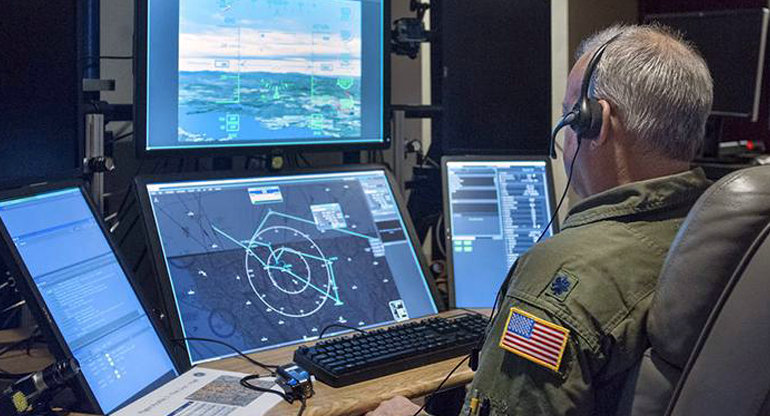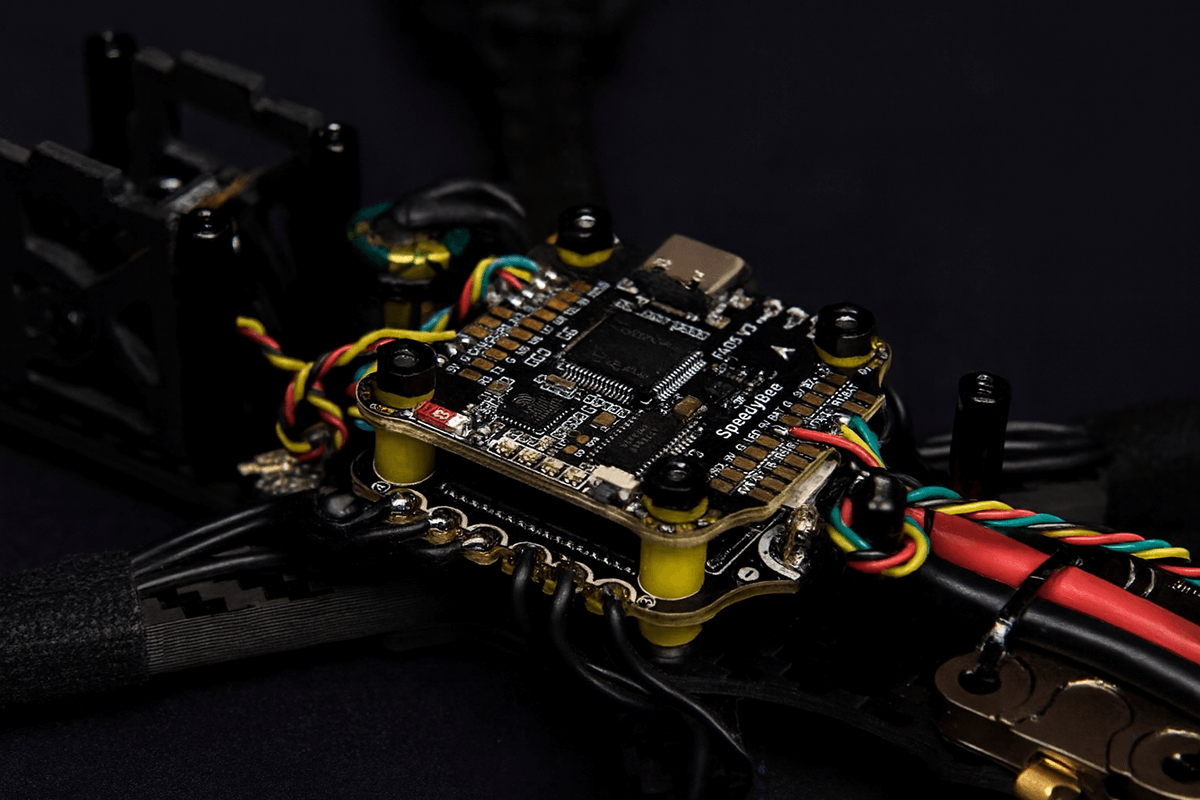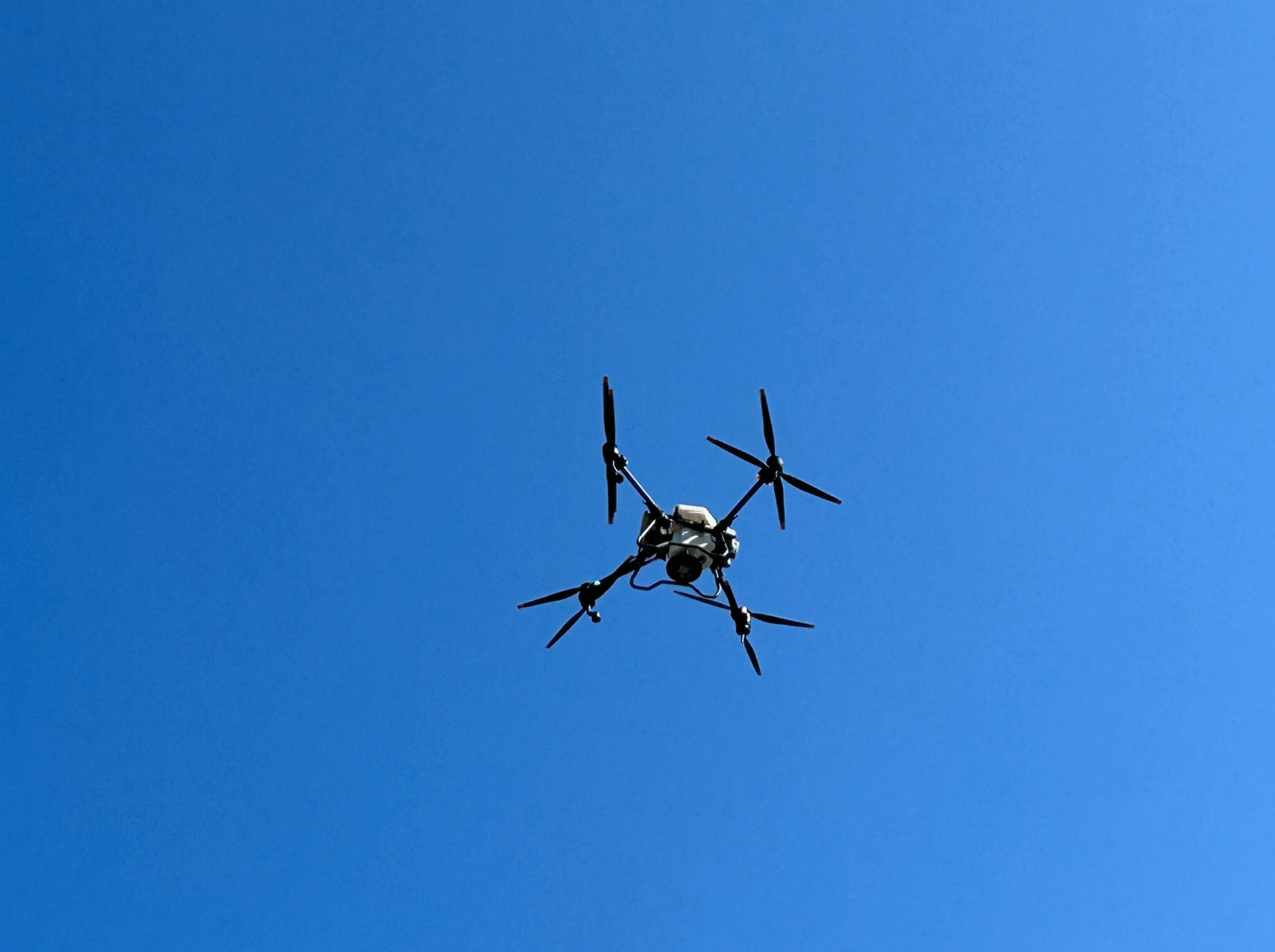
3 Best Drone Operating Systems, Compared
When it comes to drone selection, most people think hardware-first. Indeed, better avionics, onboard sensors, and motors give your vehicle an edge. But software can also improve your UAV’s capabilities. Flight stability, mission autonomy, regulatory compliance, payload management, and even cybersecurity all come down to the OS running behind the scenes.
In this post, we’ll compare three popular drone operating systems — Osiris OS, PX4 Autopilot, and AuterionOS — to help you understand their strengths, limitations, and ideal use cases.
Osiris OS
Osiris AI offers a modular drone operating system and a customizable toolchain for installing and running a wide range of drone apps — anything from advanced navigation and payload controls to mapping, AI-based object detection, and swarm management.
The key advantage of Osiris is that it meshes modularity with execution continuity. You can seamlessly configure a wide range of hardware, software, and mission logic workflows to support different use cases. On top, you can get some cool features out of the box: real-time mission control functionality, based on live drone telemetry and logs, end-to-end encrypted mission control, and secure OTA updates to boot.
Key features
- Modular, extensible API-based architecture
- Core flight control and autopilot functionality
- Wide range of system customizations and extensions available
- Built-in support for advanced autonomy and AI applications
- Native support for aerial, ground, surface, and underwater UAVs
- Built-in security and data protection features
| Pros | Cons |
| Hardware-agnostic by design; portable across UAV and robotics platforms Supports edge processing of AI algorithms — computer vision, INS data fusion. Choose between local and cloud data and analytics processing | Doesn’t have any native features for regulatory compliance Its app ecosystem isn’t as is not as vast as some of the other companies The flip side of almost limitless customization is that it requires deeper drone engineering expertise |
PX4 Autopilot
PX4 is an open-source UAV flight control software, built as part of the Pixhawk project and now maintained under the Dronecode Foundation (Linux Foundation).
It provides a full flight stack — sensor drivers, state estimation, control loops, mission logic — within a modular, configurable design, making it a popular choice for commercial drone applications. Plus, it’s extremely reliable and can be additionally hardened for more complex missions.
Key features
- Runs on real-time OS (NuttX) or Linux
- Flight control firmware + middleware
- Separate modules for sensors, estimation, and control
- Provides telemetry via MAVLink
- BVLOS-capable with extra ingertations
- Autopilot functions — stabilization, waypoint navigation, basic autonomous missions
| Pros | Cons |
| Fully open-source under the BSD 3-Clause license Large developer community, providing extensions and new autonomy algorithms Compatible with a companion computer (e.g., for ROS-based autonomy or to run custom apps) | No built-in user interface. You’ll need to integrate external tools Out of the box, PX4 is not certified to aviation safety standards Requires hardware tuning and testing for each vehicle, which makes deployment resource-intensive |
AuterionOS
AuterionOS is a commercial drone operating system, built atop the PX4 autopilot and augmented with a Linux-based mission computer platform. Effectively, it positions itself as “Red Hat for drones” – taking open-source PX4 and providing a supported, integrated solution for commercial use cases.
Under the hood, Auterion combines flight controller firmware (the PX4 flight stack) with
an onboard Linux OS that runs on companion computers (like Qualcomm or NVIDIA-based modules). This architecture allows AuterionOS to handle UAV navigation, plus support other apps for secure communication or interfacing with cloud services. Its clients range from DroneUp (Walmart’s drone delivery partner) to military units within the US defence sector.
Key features
- Mission Control software with granular control over flight details
- AI-powered autonomy for a range of use cases
- Built-in LTE/5G connectivity for data transfer
- Supports modular drone app deployment and integration of payloads
- AutoRemote ID broadcasting and flight logging for regulatory compliance
| Pros | Cons |
| Native connectivity features — automatic pre-flight checks, over-the-air updates, live video streaming, and cloud data sync Both hardware and software are NDAA-compliant Allows installing custom or third-party apps on the drone’s mission computer to extend functionality | Locks you into using Auterion’s hardware (e.g., Skynode flight controller/companion modules) and cloud services Advanced features require more power usage and more robust hardware Doesn’t do well in communication-denied scenarios |
Takeaways
To choose between these options, consider your mission profile. What’s your key requirement — modularity, compliance, or battle-tested reliability? Each of the above stands out more in each of these categories.
Next, think about your team’s skills. Highly customizable solutions can support a wide range of ops scenarios, but they also demand more ad hoc engineering. Finally, don’t discard the ecosystem. Community support, pre-built third-party integrations, and regular updates are about as critical as the core features themselves.
The best strategy? Pick an OS that meets today’s demands and scales with tomorrow’s challenges.


